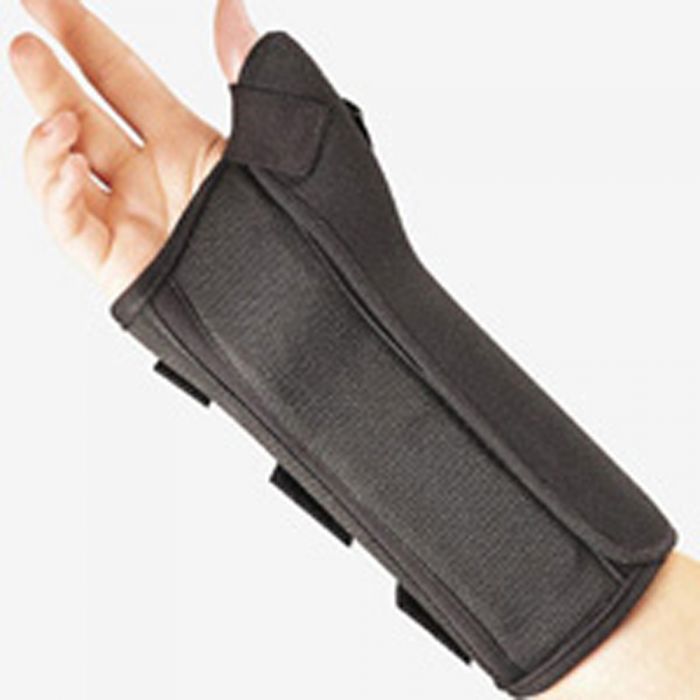Description
Ages: 5 through 8 years
Testing Time: Kindergarten - 30-45 min. / Early Elementary - 15-30 min.
Administration: Group or individual
The TOPA-2+, a revision of the popular Test of Phonological Awareness, is a group-administered, norm-referenced measure of phonological awareness for children ages 5 through 8 years. The scale, which can also be administered individually, has demonstrated reliability and the test yields valid results that are reported in terms of percentile ranks and a variety of standard scores (e.g., scale scores, Normal Curve Equivalents) that can be selected based on the preference of the examiner and the purpose for which the results are to be used (e.g., identification; reports to local, state, or federal agencies). The TOPA-2+ has two versions, a Kindergarten version and an Early Elementary version, that measure young children's ability to (a) isolate individual phonemes in spoken words and (b) understand the relationships between letters and phonemes in English. The latter skill was not assessed by the original TOPA and is the reason the PLUS was added to the title.
One version, the Kindergarten TOPA-2+, can be administered any time during the kindergarten year but is likely to be most sensitive to individual differences during the second half of the year. This version uses two different item types to assess phonemic awareness. Ten Initial Sound-Same items require children to mark which of three words begins with the same sound as a target word. Ten Initial Sound-Different items require children to mark which word in a group of four words begins with a different first sound than the other three. A child's total score for phonemic awareness is the number correct on each item type added together. The Letter-Sounds subtest requires children to mark which letter, from a set of four, corresponds to a specific phoneme. The subtest has 15 items, and the child's score for the test is the total number correct.
The Early Elementary version of the TOPA-2+, for children in first and second grades, is similar in structure to the kindergarten version, except that the child must identify final sounds in words, which is a more difficult task. The 10 Ending Sound-Same items requires children to identify which of three words ends with the same sound as a target word, while the 10 Ending Sound-Different items asks children to mark which of a group of four words ends in a different sound than the others. As with the kindergarten version, the number correct on both item types is summed to get one total score for phonemic awareness. The Letter-Sounds test for the Early Elementary version requires children to spell simple pseudowords that are given as the names of "funny animals." The words vary from two to five phonemes in length, and they are all single-syllable. The child's score is the total number of words spelled correctly.
The TOPA-2+ was normed on 2,085 students from 26 states; 1,035 for the Kindergarten Version and 1,050 for the Early Elementary Version. The sample is representative of the United States across several key demographic variables (i.e., geographic region, gender, race, ethnicity, family income, educational attainment of parents). The TOPA-2+ manual provides evidence of internal consistency reliability, test-retest reliability, and interscorer reliability; all of which meet or exceed .80 across all ages. Evidence is also provided for content-descriptive validity, criterion-prediction validity, and construct-identification validity. The manual also provides evidence that the TOPA-2+ subtests are nonbiased in regard to gender, race, and ethnicity.
Major improvements in this edition:
- All new normative data were collected during the years 2002 and 2003.
- Characteristics of the normative sample with regard to age, geographic region, gender, race, residence, Hispanic ethnicity, family income, and parents' education are keyed to the 2000 census data projections and therefore are representative of the current U.S. Population.
- The normative data for geographic region, gender, race, and residence have been stratified by age.
- Studies showing the absence of culture, gender, race, and disability bias have been added.
- Reliability coefficients have been computed by age and separately for males, females, Euro-Americans, African Americans, and Hispanic Americans, and those with language and learning disabilities, as well as for the entire normative group.
- All new validity studies have been conducted; these studies show clearly that the test results are valid for a wide variety of mainstream and minority subgroups, as well as for the general population.
- Some items from the original scale were changed to less offensive words and pictures.
- Letter-sound correspondence subtests were added to it which adds substantially to the predictive accuracy of early screening for reading difficulties.
- The overall look of the test has been updated and improved.
COMPLETE TOPA-2+ KIT INCLUDES: Examiner's Manual, 50 Kindergarten Summary Forms, 50 Early Elementary Summary Forms, 25 Student Booklets for Kindergarten, and 25 Student Booklets for Early Elementary, all in a sturdy storage box. ( 2004)





